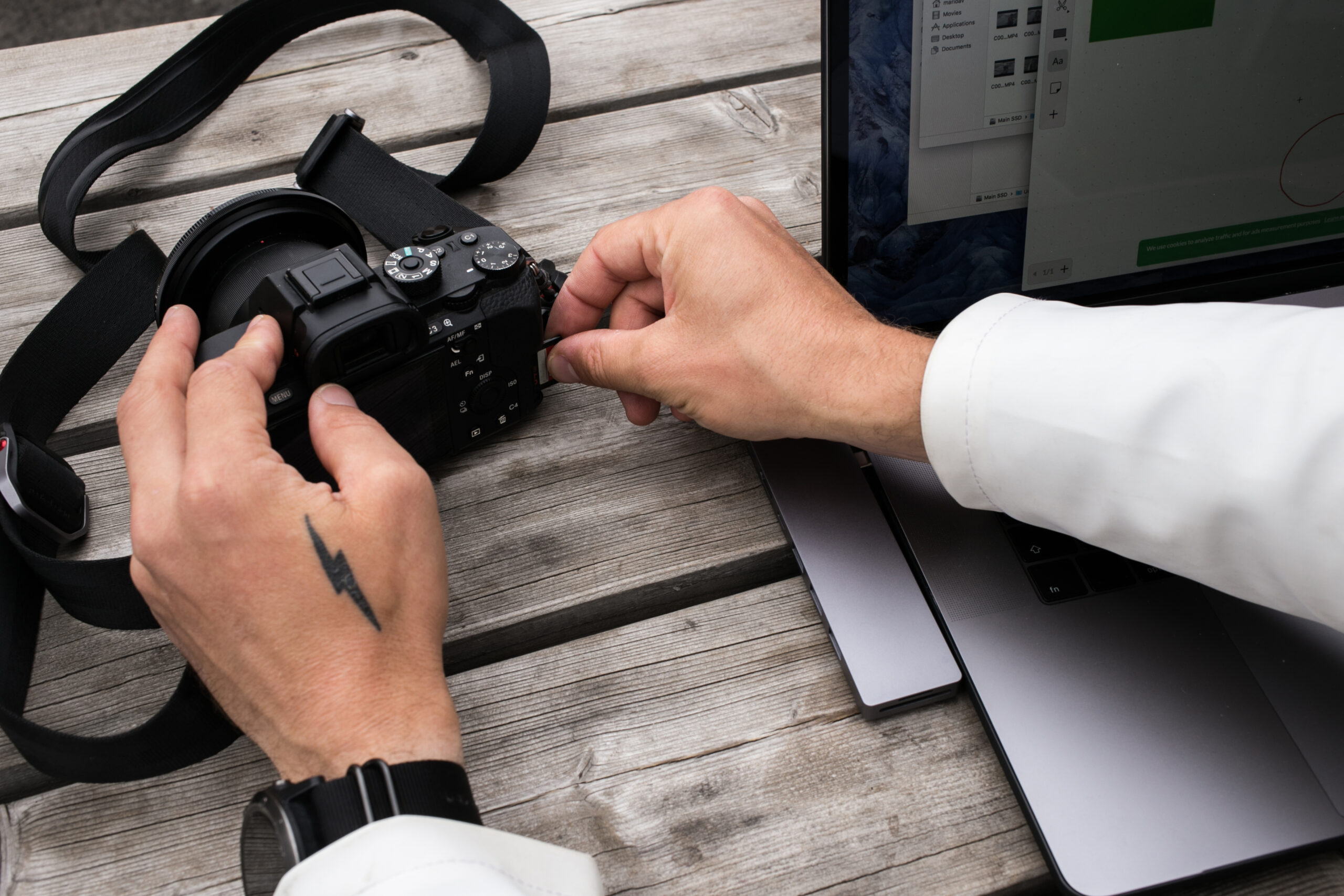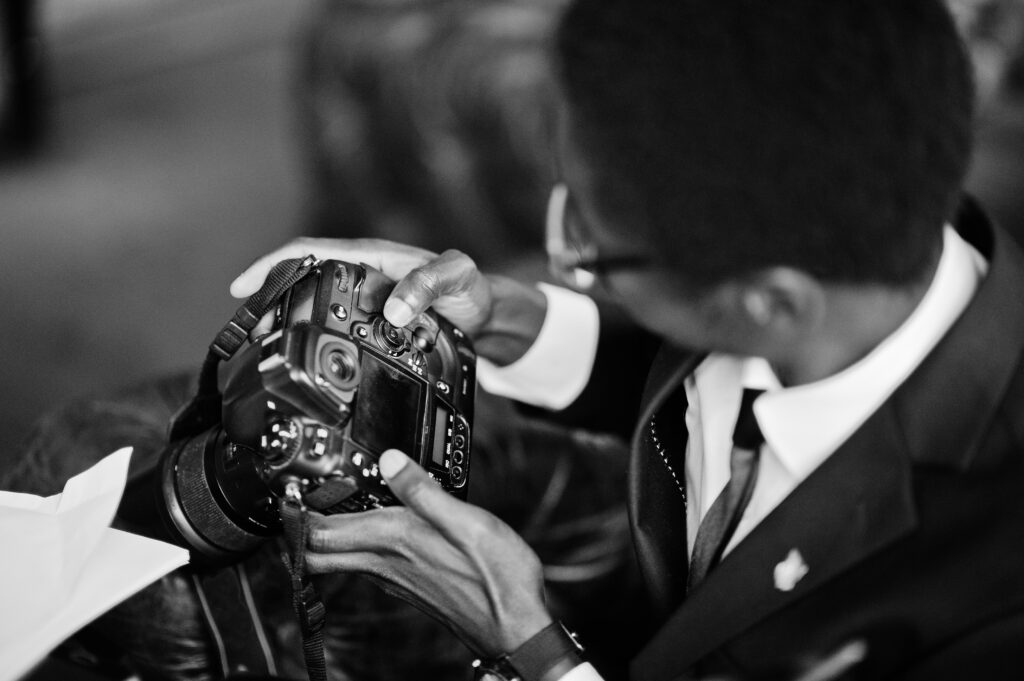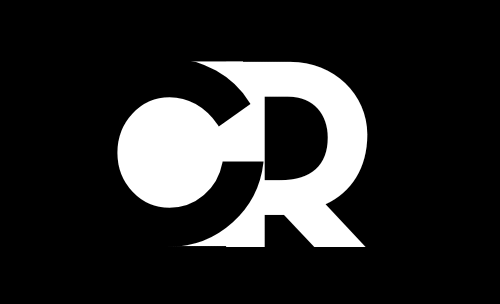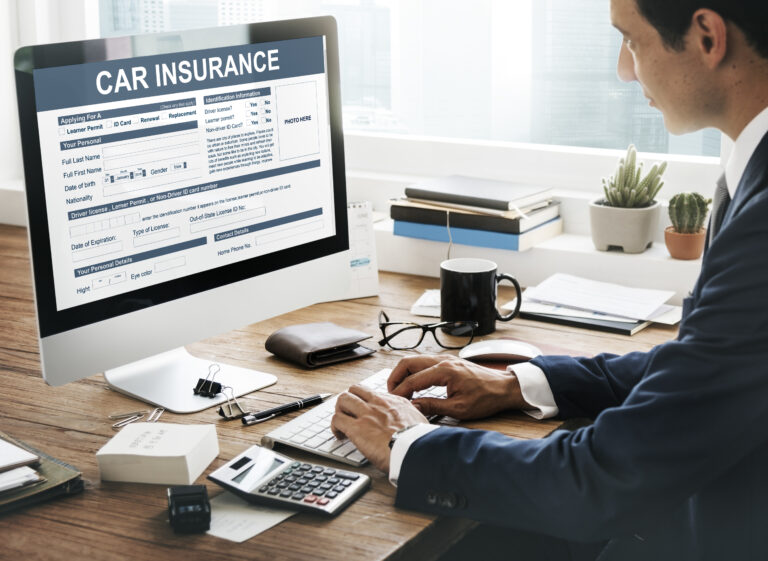Business Insurance for Photographers | Complete Coverage Guide

Photography is more than capturing moments it’s a business built on expensive equipment, valuable client relationships, and tight deadlines. Whether you’re a wedding photographer, commercial shooter, or freelance artist, unexpected events like equipment damage, client disputes, or accidents on set can lead to serious financial loss. Business insurance helps protect you from these risks so you can focus on your craft without constant worry.
This complete coverage guide explains the key types of insurance photographers need, from general liability to gear protection and professional indemnity. You’ll learn how each policy works, what it covers, and how to choose the right plan for your specific photography niche. With the right insurance in place, you can safeguard your business, maintain client trust, and keep your creative work running smoothly even when life throws surprises your way.
Why Photographers Need Business Insurance?
Photography may look low-risk from the outside, but running a photography business exposes you to a surprising range of financial threats. A single accident like a client tripping over your tripod or a guest knocking over your lighting stand can lead to expensive liability claims. Even a minor mishap can quickly turn into medical bills or legal fees that are far higher than a typical job’s profit.
Your equipment is another major investment worth protecting. Cameras, lenses, and lighting gear can cost tens of thousands of dollars, and they’re constantly on the move. Theft, accidental damage, or even a sudden rainstorm during an outdoor shoot could leave you facing a huge replacement bill. Without insurance, those costs come directly out of your pocket and can disrupt your schedule for weeks.
Business insurance also safeguards your professional reputation. Clients expect reliability, and if you have to cancel a shoot due to an emergency or a lawsuit, the right coverage can help you compensate them and maintain trust. Whether you’re a solo freelancer or manage a full studio team, insurance provides a financial safety net so you can keep focusing on your craft and growing your business without the constant fear of unexpected losses.
Types of Business Insurance for Photographers
Photographers can choose from several types of insurance, each designed to protect a different part of their business. Understanding these options helps you create a coverage plan that matches your specific needs and shooting style.
- General Liability Insurance – This is the foundation of most photography policies. It covers third-party injuries and property damage for example, if a client trips over a light stand or you accidentally scratch a venue’s floor.
- Professional Liability (Errors and Omissions) – Protects you if a client claims your work caused them financial loss, such as missing a key shot at a wedding or delivering files late. It helps with legal defense and potential settlements.
- Equipment and Gear Insurance – Covers cameras, lenses, computers, and lighting equipment against theft, loss, or accidental damage whether you’re in the studio, on location, or traveling.
- Commercial Property Insurance – Ideal for studio owners. It protects your physical workspace, furniture, and other property from risks like fire, vandalism, or natural disasters.
- Workers’ Compensation – Required in many places if you have employees or regular assistants. It pays for medical bills and lost wages if someone on your team is injured while working.
- Business Interruption Insurance – Helps replace lost income if you can’t operate due to a covered event, such as a fire or major equipment theft.
Combining these coverages creates a well-rounded safety net, ensuring you can handle accidents, lawsuits, or unexpected downtime without putting your photography business at risk.
General Liability Insurance: Protecting Against Accidents
General liability insurance is the backbone of a photographer’s risk management plan. It covers the most common and often most expensive claims that can happen during a shoot or at your studio. If a client, guest, or venue staff member is injured because of your equipment or setup, this policy pays for their medical expenses and any legal fees if they decide to sue. It also covers accidental damage to someone else’s property, such as scratching a venue’s floor with a heavy light stand or knocking over an expensive vase while moving gear.
For photographers who frequently work on location, general liability is especially critical. Many event venues, corporate clients, and wedding planners require proof of this insurance before signing a contract, because it shows you can handle unforeseen mishaps without leaving them exposed to costs. Even if you operate mainly from a home studio, a visiting client could still slip on a wet floor or trip over a cable.
Without this coverage, a single incident could lead to thousands of dollars in medical bills, repair costs, or legal settlements far more than the profit from a typical job. General liability insurance gives you peace of mind that one accident won’t derail your business or drain your savings, allowing you to focus on delivering great images instead of worrying about financial fallout.
Professional Liability (Errors and Omissions) Coverage
While general liability protects you from physical accidents, professional liability also called errors and omissions (E&O) insurance covers mistakes in the service you provide. Photography is a creative profession where timing and precision matter, and even experienced photographers can face unexpected issues. If a client claims you failed to deliver what was promised such as missing key moments at a wedding, delivering images late, or producing work that doesn’t meet agreed standards this coverage helps pay for legal defense, settlements, or damages.
Professional liability is especially important for photographers who handle high-stakes events or commercial projects. A single missed deadline on a product shoot could delay a client’s marketing campaign, leading to lost revenue and a potential lawsuit. Even if the claim is groundless, legal fees can add up quickly. This policy ensures you have the resources to defend yourself without draining your savings or interrupting your business.
Many clients, particularly corporate and editorial ones, expect photographers to carry E&O coverage before signing a contract. Having this insurance not only protects your finances but also builds trust, showing clients that you take your professional responsibilities seriously and are prepared for any unforeseen issues in the creative process.
Equipment and Gear Insurance for Photographers
Your camera gear is the heart of your business, and replacing it out of pocket can be financially overwhelming. Equipment and gear insurance protects your cameras, lenses, lighting kits, computers, and accessories against risks like theft, accidental damage, fire, and even natural disasters. Whether you shoot in a controlled studio or travel between multiple outdoor locations, this coverage ensures you can keep working if something happens to your tools.
Standard homeowner or renter policies rarely provide adequate protection for professional equipment, especially when it’s used for business. A dedicated photography equipment policy covers gear at home, on location, and often worldwide. For example, if your camera bag is stolen during a destination wedding or a sudden rainstorm damages your lighting setup, the policy can reimburse the cost of repair or replacement so you can stay on schedule.
Most insurers let you list high-value items individually and may offer options for rented or borrowed equipment. Keeping an updated inventory with serial numbers, receipts, and photos makes claims easier and faster. By securing equipment and gear insurance, you safeguard your investment and avoid costly downtime, ensuring that a single mishap doesn’t derail client commitments or your income.
Commercial Property Insurance for Studio Owners
If you own or lease a dedicated photography studio, commercial property insurance is essential. This coverage protects the physical space and everything inside it walls, floors, furniture, props, backdrops, and any permanently installed equipment against risks such as fire, vandalism, theft, or certain weather events. Without it, a single disaster could leave you facing repair or replacement costs that far exceed your savings.
Unlike equipment insurance, which focuses on portable gear, commercial property insurance covers the building and fixed assets of your studio. For example, if a burst pipe damages your set walls and furniture or a break-in results in stolen studio lights and computers, the policy helps pay for repairs and replacements so you can get back to work quickly. Many policies can also include coverage for signage, client lounges, and storage areas.
Landlords often require proof of this insurance in a lease agreement, and even if it’s not mandatory, it’s a smart way to protect a major business investment. Pairing commercial property insurance with equipment coverage ensures your entire workspace from the structure to the smallest prop is financially protected, allowing you to focus on serving clients rather than worrying about unexpected damage or loss.
Workers’ Compensation for Photography Teams

If you employ assistants, second shooters, or studio staff, workers’ compensation insurance is more than a safety net it’s often a legal requirement. This policy covers medical expenses, rehabilitation costs, and a portion of lost wages if an employee is injured or becomes ill while performing job duties. For example, if an assistant trips over a cable during a wedding shoot or strains their back moving heavy lighting equipment, workers’ comp pays their medical bills and helps replace lost income while they recover.
Even short-term or part-time team members can trigger the need for this coverage, depending on local laws. Without it, you could be held personally responsible for medical costs and face penalties or fines for noncompliance. Workers’ compensation also protects you from most employee injury lawsuits, providing an extra layer of financial and legal security.
For photographers who regularly hire freelance crew or seasonal help, carrying workers’ comp demonstrates professionalism and care for your team’s well-being. It reassures both employees and clients that your business operates responsibly, and it keeps projects running smoothly even when accidents occur. By securing this coverage, you not only follow regulations but also create a safer, more sustainable workplace for everyone involved in your shoots.
Business Interruption Insurance for Lost Income
Business interruption insurance helps keep your photography business afloat when an unexpected event forces you to pause operations. While property or equipment insurance covers the cost of repairing damage, it doesn’t replace the income you lose during downtime. This coverage fills that gap by reimbursing lost revenue and essential operating expenses such as rent, utilities, and payroll if your studio or key equipment is unusable due to a covered incident like a fire, major theft, or severe storm.
For example, if a fire damages your studio and you can’t shoot or host clients for several weeks, business interruption insurance can help pay your bills and maintain cash flow until you’re fully operational again. Some policies even cover the extra expenses of setting up a temporary workspace so you can resume work faster.
This type of coverage is especially valuable for photographers with fixed overhead costs or those who rely heavily on a single location. Without it, an unexpected shutdown could quickly drain savings and strain client relationships. Pairing business interruption insurance with property and equipment coverage creates a complete financial safety net, ensuring that a disaster doesn’t derail your income or long-term business plans.
How to Choose the Right Photography Insurance Policy?
Selecting the right insurance policy starts with understanding the specific risks in your photography business. Begin by listing your assets cameras, lenses, computers, studio equipment and estimating their replacement value. Next, consider your work style: do you shoot mostly on location, run a full-time studio, or hire assistants? Each factor influences the type and level of coverage you need.
Compare policies from providers that specialize in photography or creative businesses, since they often offer tailored packages. Look closely at coverage limits, deductibles, and exclusions. For example, make sure equipment insurance protects gear both at home and on the road, and confirm that professional liability covers the types of projects you handle, such as weddings or commercial campaigns.
It’s also wise to check whether clients or venues require specific minimum coverage. Many event spaces ask for proof of general liability, while corporate clients might request professional liability. Working with an insurance broker who understands the photography industry can help you find comprehensive coverage at a fair price. By carefully assessing your risks and reading the fine print, you can build a policy that protects your business without paying for unnecessary extras.
Average Cost of Photographer Business Insurance
The cost of insuring a photography business varies widely depending on several factors location, amount and type of coverage, value of equipment, number of staff, and your claims history. Based on U.S. market data, you can expect:
| Insurance Type | Typical Monthly Cost | Approximate Annual Cost* |
|---|---|---|
| General Liability | $25–$35 | ~$300–$420 |
| Equipment / Inland Marine | $40–$50 | ~$480–$600 |
| Professional Liability (Errors & Omissions) | $30–$45 | ~$360–$540 techinsurance.com+2Insureon+2 |
| Workers’ Compensation** | $50–$60+ | ~$600–$720+ depending on number of employees and risk |
| Bundled Policies / Business Owner’s Policy (BOP) | $45–$55+ | ~$550–$660+ |
Based on median premiums in recent surveys; actual costs may be higher or lower.
Workers’ comp depends heavily on employees, local regulation, payroll, and risk.
What Drives the Cost Up (and Down)
- Value of your gear and property: Expensive cameras, lenses, drones, etc. increase premiums. The more you insure, the more you pay.
- Type of photography work: High-risk shoots (outdoor, travel, aerial, underwater) tend to cost more.
- Location: Regions with higher crime, stricter regulation, or high costs for labor and repairs generally have higher insurance rates.
- Number of staff / assistants: More people means more risk, higher liability, and often mandatory workers’ compensation. This increases cost.
- Coverage limits, deductibles, and policy type: Higher limits and lower deductibles cost more. Bundling coverages (e.g. combining liability + property) or getting a BOP can save compared to buying separately.
What This Means for You
If you’re a solo photographer with modest equipment and minimal staff, you might find a basic general liability policy plus equipment cover costing you $300–$800/year in total. If your business is larger with a studio, several staff, high-value gear, and traveling shoots your yearly premium could run into the thousands.
Knowing typical cost ranges helps you budget and also negotiate or design a policy that gives you what you need without overpaying. If you want, I can try pulling estimates specific to Pakistan (or Lahore) for your situation so you’ve got localized numbers.
Conclusion
Protecting your photography business isn’t just about safeguarding expensive gear it’s about ensuring your livelihood and reputation remain secure when the unexpected happens. From general liability and professional liability to equipment, property, and business interruption coverage, each policy plays a role in keeping your operations steady and your clients confident. The right insurance plan gives you the freedom to focus on creativity, knowing that accidents, lawsuits, or unforeseen setbacks won’t derail your income or hard-earned reputation. By carefully assessing your risks and investing in comprehensive coverage, you build a stronger, more resilient photography business that can thrive for years to come.






